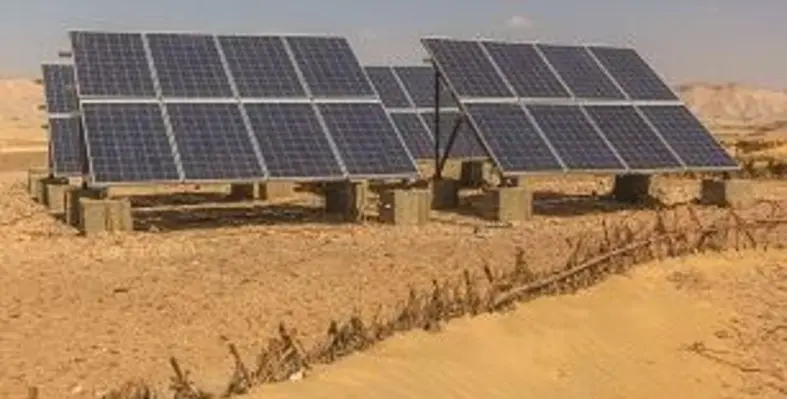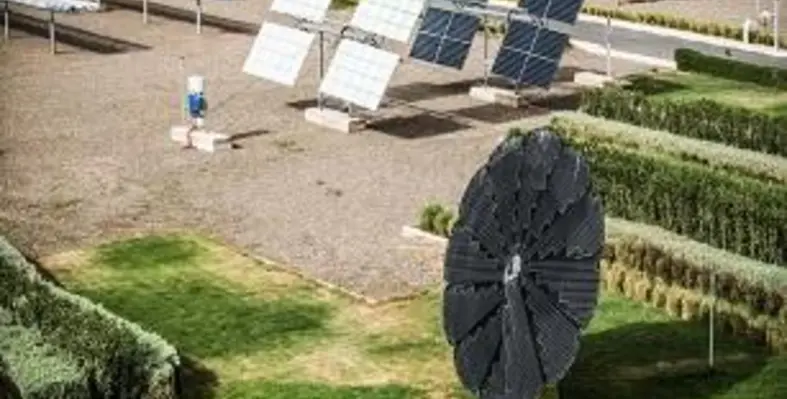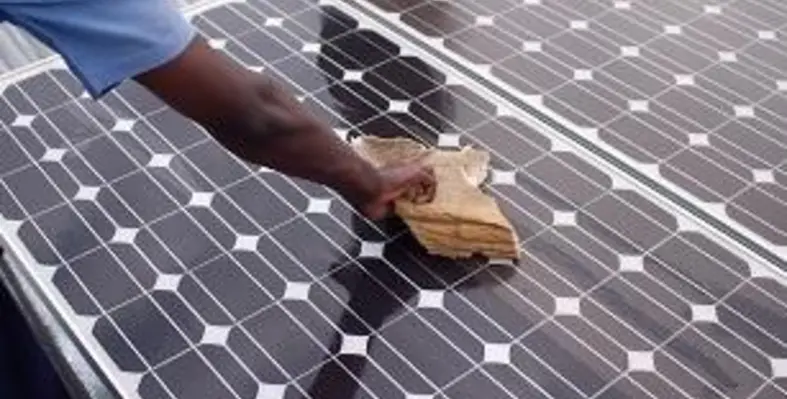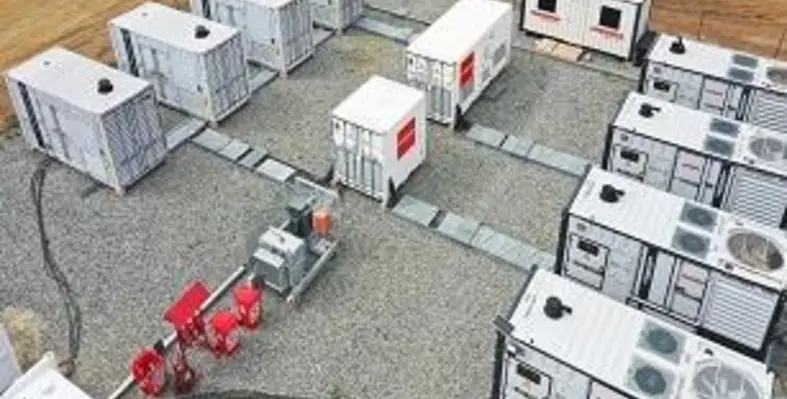
It will be the largest South African renewable power plant dedicated to the energy needs of a corporate client. (Image source: Adobe Stock)
Voltalia, an international player in renewable energies, has launched the first works for a 148MW solar power plant in South Africa









